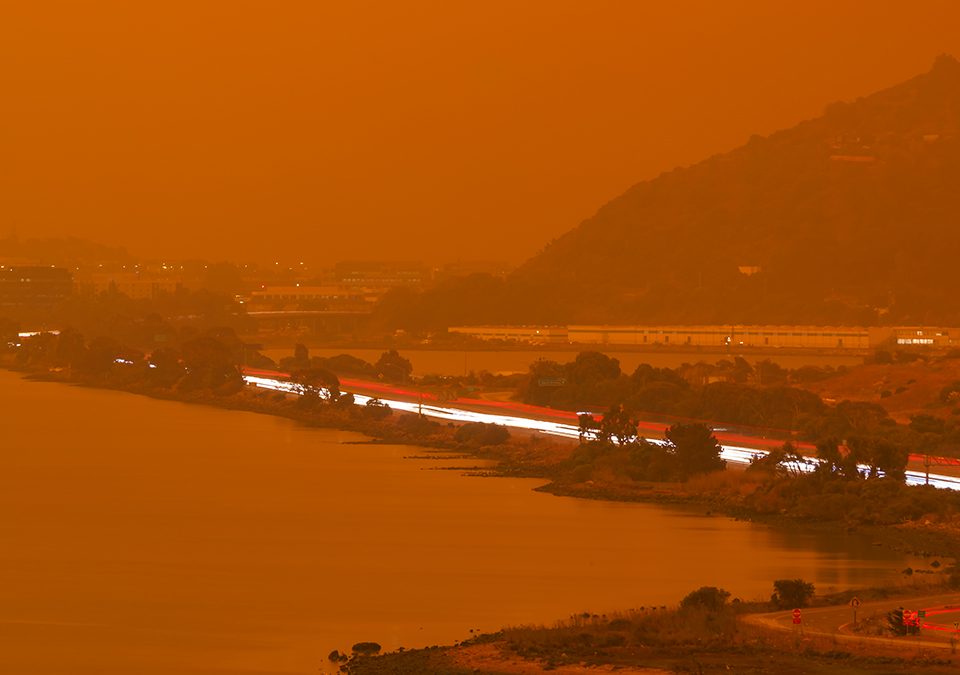After the Storm: Lessons Learned from Harvey
Back to School with DOE’s New Electricity Markets Report
August 28, 2017Vogtle Moving Forward Is Positive Step
August 31, 2017The Texas and Louisiana coasts continue to suffer the devastating effect of Hurricane Harvey. Donations to the Salvation Army to support the Hurricane Harvey relief efforts can be made:
- Online at helpsalvationarmy.org.
- By calling 1-800- SAL-ARMY.
- By texting STORM to 51555.
With Hurricane Harvey still dropping untold amounts of rain on Gulf Coast states, it’s timely to start looking at how energy infrastructure weathered the storm. According to the Energy Information Administration, which is tracking facility outages and energy production slowdowns on its website, “over 45 percent of total U.S. petroleum refining capacity is located along the Gulf coast, as well as 51 percent of total U.S. natural gas processing plant capacity.”
The Wall Street Journal reported on August 30 that the storm “has shut a significant portion of [Texas] shale production, cutting off as much as fifteen percent of U.S. oil supplies.” The area’s oil and natural gas pipeline transportation system, too, is either underwater or shut down, and analysts say we can’t yet predict when that important infrastructure will recover.
Consumers from Texas to the mid-Atlantic could see higher gasoline prices for some weeks to come, especially if the Colonial Pipeline experiences extended difficulties coming back online. But natural gas disruption seems to have been eclipsed by diminished demand, with the result so far that natural gas futures prices are only fluctuating slightly.
Texas is also home to significant wind (21 Gigawatts, with about 2.1 gigawatts directly along the coast). However, Harvey’s impacts on renewable energy are receiving much less coverage in the traditional energy press. Bloomberg noted last week, though, that “one of the worst things that can happen to a wind farm is too much wind.” The Solar Energy Industries Association lists Texas as #9 on its list of top ten solar states, but I haven’t yet seen an account of how production from solar facilities fared after a week of cloud cover and heavy rains.
Electricity outages haven’t yet reached levels similar to those seen in Katrina, Rita, and other recent storms of note; slightly more than 300,000 outages were reported as of yesterday. The Electric Sub-Sector Coordinating Council (ESCC) leads coordination between the Department of Homeland Security, the Department of Energy, and the entire electric utility industry. Daily, and sometimes hourly, calls boosted situational awareness and response. Now, hundreds of line-worker crews from all around the country are headed to Texas and Louisiana to restore poles, wires, substations, and transmission lines.
With Congress set to return after Labor Day, the cost of a federal recovery package will be front and center, along with reauthorization of the National Flood Insurance Program. The first job is to assure swift and effective federal aid for the millions of people and thousands of businesses in need. But other policy discussions may take as long, or longer, than the actual physical recovery.
Already, interest groups who don’t support a balanced domestic energy portfolio are pushing out extreme rhetoric, describing the floodwaters as a toxic soup, and using the storm to rehash long-standing talking points. It seems likely that we’ll see renewed attacks on the Administration’s Executive Order to streamline federal permitting. Groups may also push for targeting Federal Energy Management Agency assistance to projects that pass arbitrary climate change tests.
As these debates unfold, policymakers should step back from daily news about the storm and ask for more information. They can rely on many experts in federal agencies and the energy industry who have weathered multiple storms and recoveries. In every industry, and after every significant natural disaster, there are always lessons to learn and processes that can be improved. There are also examples of what went right that should be recorded and repeated.
Many policymakers understand the interconnected nature of our oil, natural gas, and electricity networks. Even though this was truly an unprecedented event, the U.S. energy industry by and large weathered the storm. Consumers benefited from the great diversity of energy sources used to generate electricity, as well as the regional and national networks of oil and natural gas pipelines. In all the post-event debate, PACE will make sure that story gets told.



